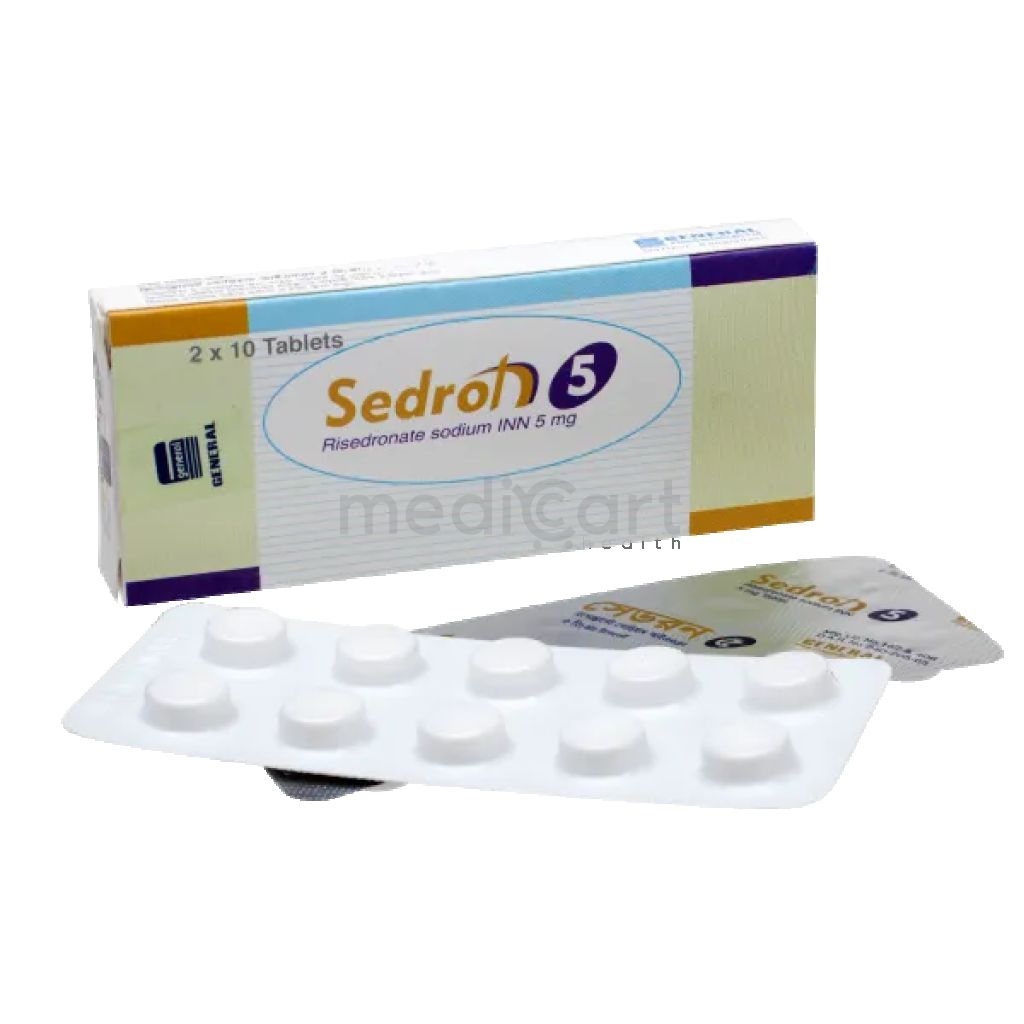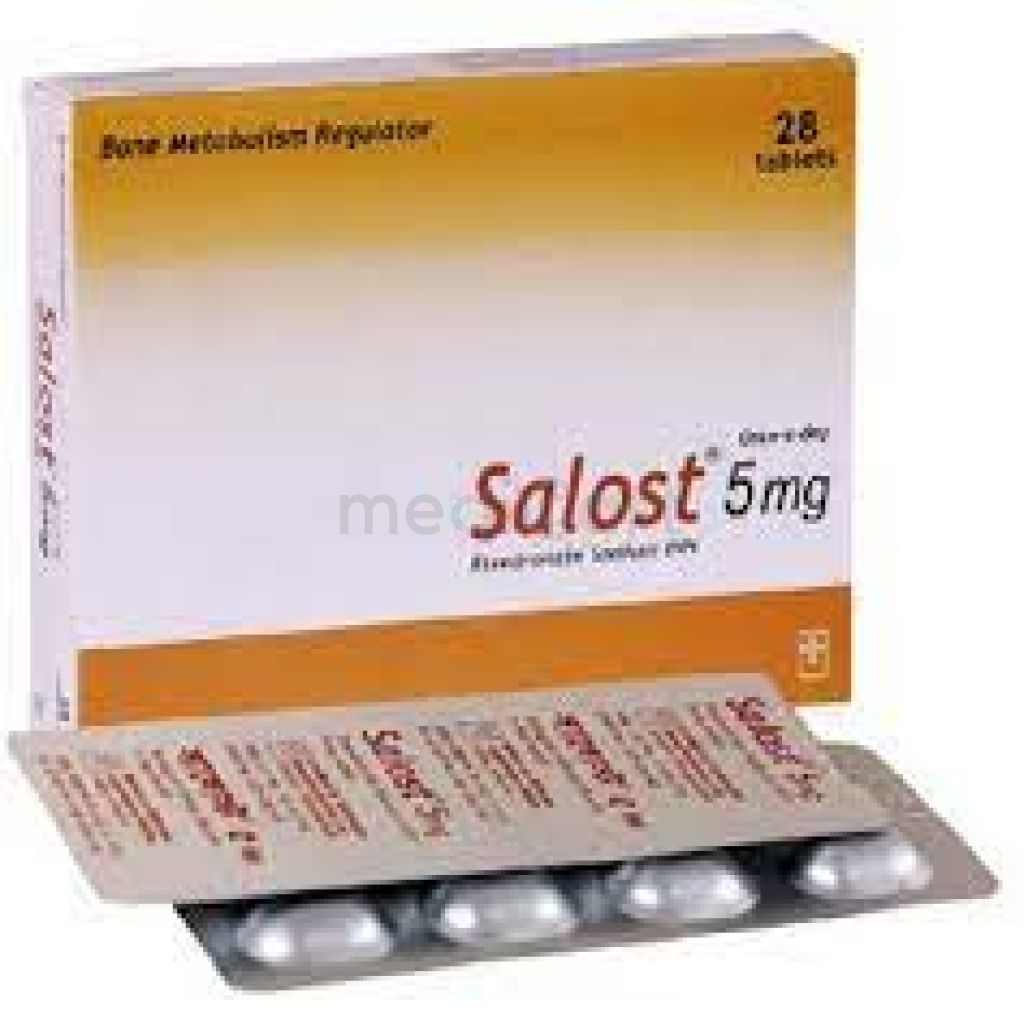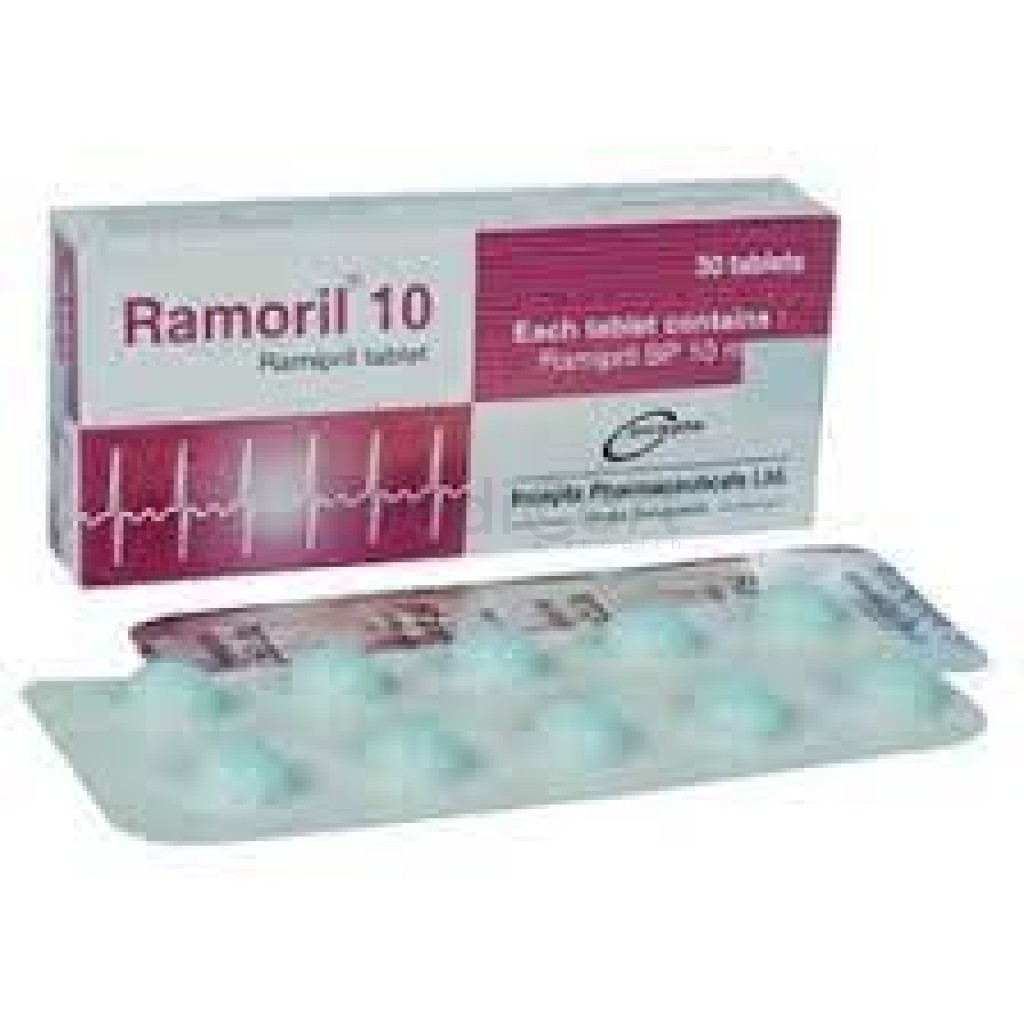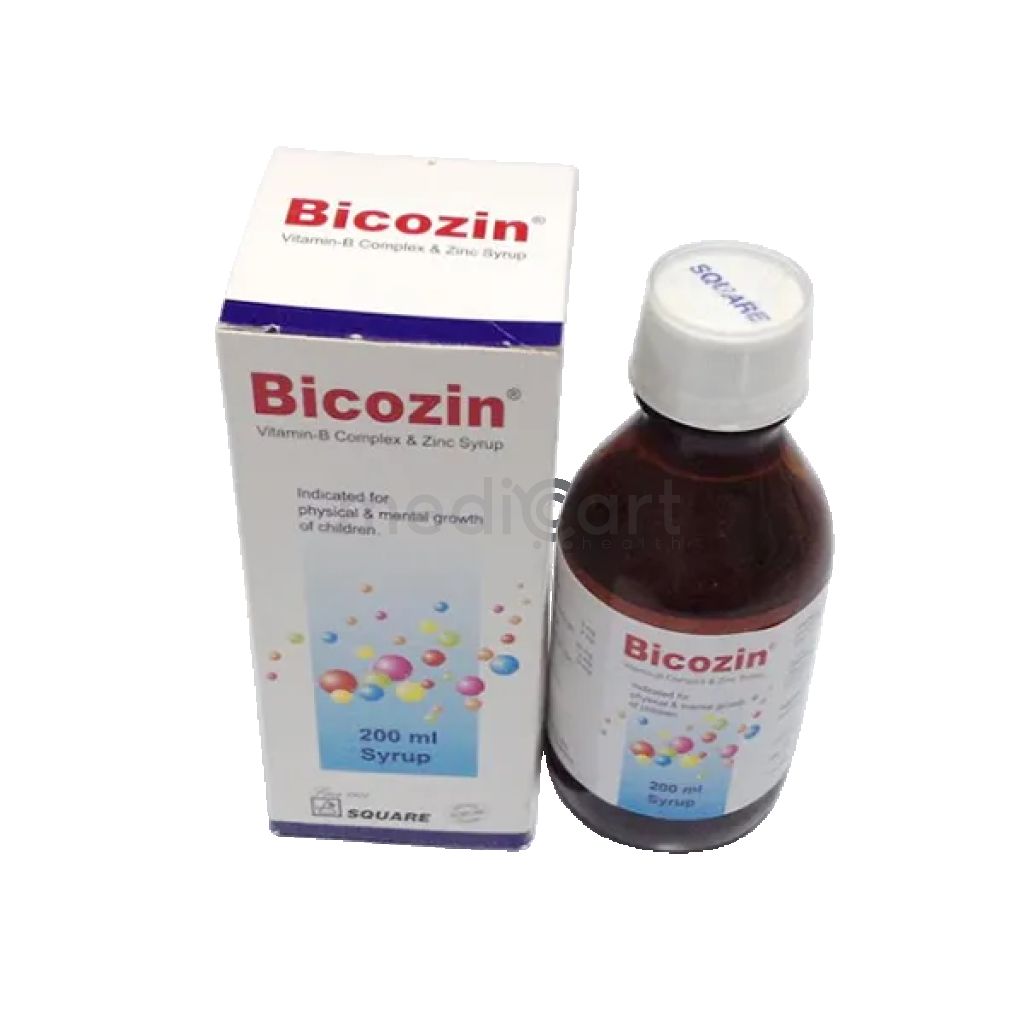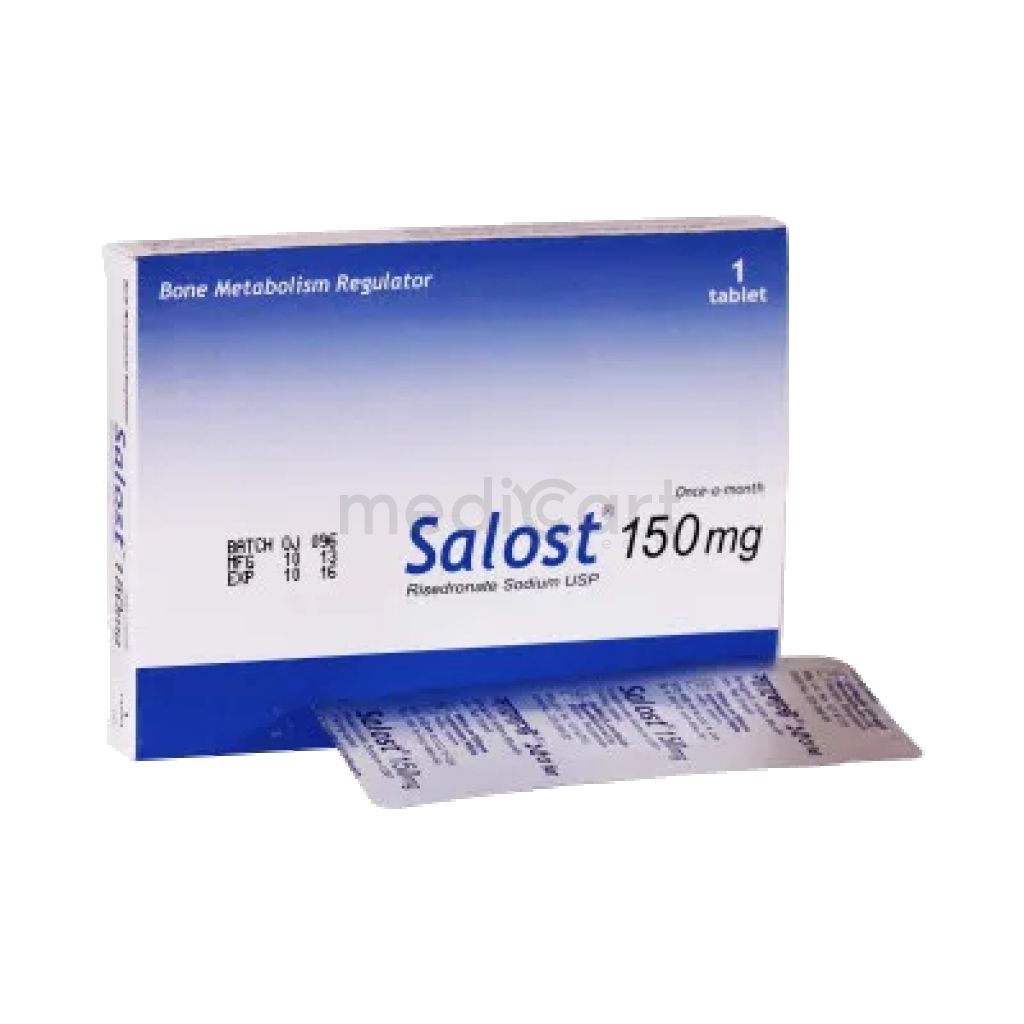

Salost 150mg
Tablet
Pack Size :
8 Tablet x 1 strip
Generics :
Risedronate Sodium (Risedronic acid)
Manufacturer :
Unimed & Unihealth Manufacturers Ltd.
Best Price *
TK
1,600.00
* Delivery will be done in Dhaka city only.
More Information About - Salost 150mg
Description
Generic Name
Risedronate Sodium (Risedronic acid)Precaution
Correct hypocalcaemia and evaluate sex steroid hormonal status prior to therapy. Mild to moderate renal impairment. Pregnancy. Patient Counselling Ensure adequate Ca and vit D intake. Monitoring Parameters Monitor serum Ca; biochemical markers of bone turnover; bone mineral density (osteoporosis); alkaline phosphatase (Paget's disease).Indication
Paget's disease of bone, postmenopausal or corticosteroid-induced osteoporosis, increase bone mass in men with osteoporosisContra Indication
Hypocalcaemia, abnormalities of the oesophagus which may delay emptying (e.g. stricture or achalasia), inability to stand or sit upright for at least 30 min. Severe renal impairment (CrCl <30 mL/min);. Lactation.Dose
N/ASide Effect
Arthralgia, back pain, GI disturbances (e.g. abdominal pain, dyspepsia), hypersensitivity reactions (e.g. angioedema, rash, bullous skin reactions), Stevens-Johnson syndrome, toxic epidermal necrolysis, leukocytoclastic vasculitis, alopecia, hepatic disorders, eye disorders (e.g. iritis, uveitis), osteonecrosis of the jaw, atypical femur fractures; bone, joint or muscle pain.Pregnancy Category
Name : Not Classified
Description
FDA has not yet classified the drug into a specified pregnancy category.Mode of Action
Risedronic acid inhibits bone resorption by inhibiting osteoclasts. It also prevents formation and dissolution of hydroxyapatite crystals, and therefore may interfere with bone mineralisation.Interaction
Co-admin with calcium, antacids or oral medications containing divalent cations may affect the absorption of risedronate. May have additive calcium lowering effects when used with aminoglycosides.Pregnancy Category Note
Pregnancy Available data on use in pregnant women are insufficient to inform a drug- associated risk of adverse maternal or fetal outcomes; discontinue therapy when pregnancy recognized Animal data In animal reproduction studies, daily oral administration to pregnant rats during organogenesis decreased neonatal survival and body weight at doses approximately 5-26 times, respectively, the highest recommended human daily dose of 30 mg (based on body surface area, mg/m2) A low incidence of cleft palate was observed in fetuses of dams treated at doses approximately equal to 30 mg human daily dose; delayed skeletal ossification was observed in fetuses of dams treated at approximately 2.5 to 5 times the 30 mg human daily dose Periparturient mortality due to maternal hypocalcemia occurred in dams and neonates upon daily oral administration of risedronate to pregnant rats during mating and/or gestation starting at doses equivalent to the 30 mg daily human dose Effects of bisphosphonates on bones Bisphosphonates are incorporated into bone matrix, from which they are gradually released over a period of years; the amount of bisphosphonate incorporated into adult bone and available for release into systemic circulation is directly related to dose and duration of bisphosphonate use Based on mechanism of action of bisphosphonates, there is potential risk of fetal harm, predominantly skeletal, if a woman becomes pregnant after completing a course of bisphosphonate therapy; the impact of variables such as time between cessation of bisphosphonate therapy to conception, the particular bisphosphonate used, and the route of administration (intravenous versus oral) on this risk has not been studied Lactation There are no data on presence in human milk, effects on breastfed infant, or on milk production; a small degree of lacteal transfer occurred in nursing rats Concentration of the drug in animal milk does not necessarily predict the concentration of drug in human milk; however, when a drug is present in animal milk, it is likely that the drug will be present in human milk Developmental and health benefits of breast-feeding should be considered along with mother?s clinical need for therapy and any potential adverse effects on breast-fed child from drug or from underlying maternal conditionAdult Dose
Oral Paget's disease of bone Adult: 30 mg once daily for 2 mth, may repeat if necessary after 2 mth interval. Treatment and prophylaxis of postmenopausal or corticosteroid-induced osteoporosis Adult: 5 mg daily. Alternatively, for postmenopausal osteoporosis, 35 mg once wkly, or 75 mg on 2 consecutive days of each mth, or 150 mg once mthly. Increase bone mass in men with osteoporosis Adult: 35 mg once wkly.Child Dose
N/ARenal Dose
Renal impairment: CrCl (ml/min) <30 Avoid use.Administration
Immediate release Take at least 30 minutes with 6-8 oz water before first food or drink of day Swallow with plain water only, not coffee or juice Stand or sit upright; do not lie down for 30 minutes after taking to avoid esophageal irritation Delayed release Administer in morning immediately after breakfast; compared with immediate-release risedronate, Atelvia resulted in significantly higher incidence of abdominal pain when administered before breakfast under fasting conditions To facilitate delivery to stomach, swallow whole while in upright position and with ?4 oz plain water Tablets should not be chewed, cut, or crushed Do not lie down for 30 minutes after taking medicationDisclaimer
The information provided herein are for informational purposes only and not intended to be a substitute for professional medical advice, diagnosis, or treatment. Please note that this information should not be treated as a replacement for physical medical consultation or advice. Great effort has been placed to provide accurate and comprehensive data. However, Medicart along with its authors and editors make no representations or warranties and specifically disclaim all liability for any medical information provided on the site. The absence of any information and/or warning to any drug shall not be considered and assumed as an implied assurance of the Company.


